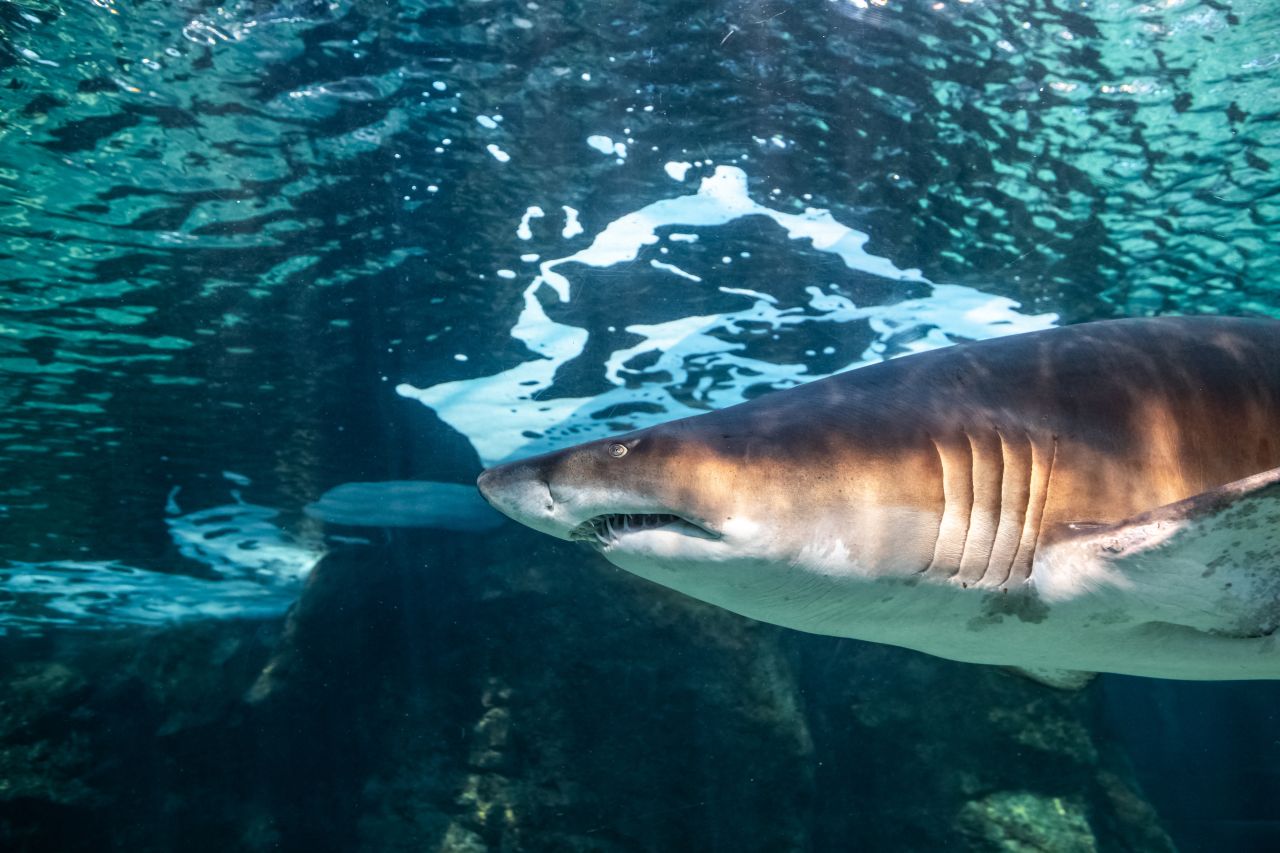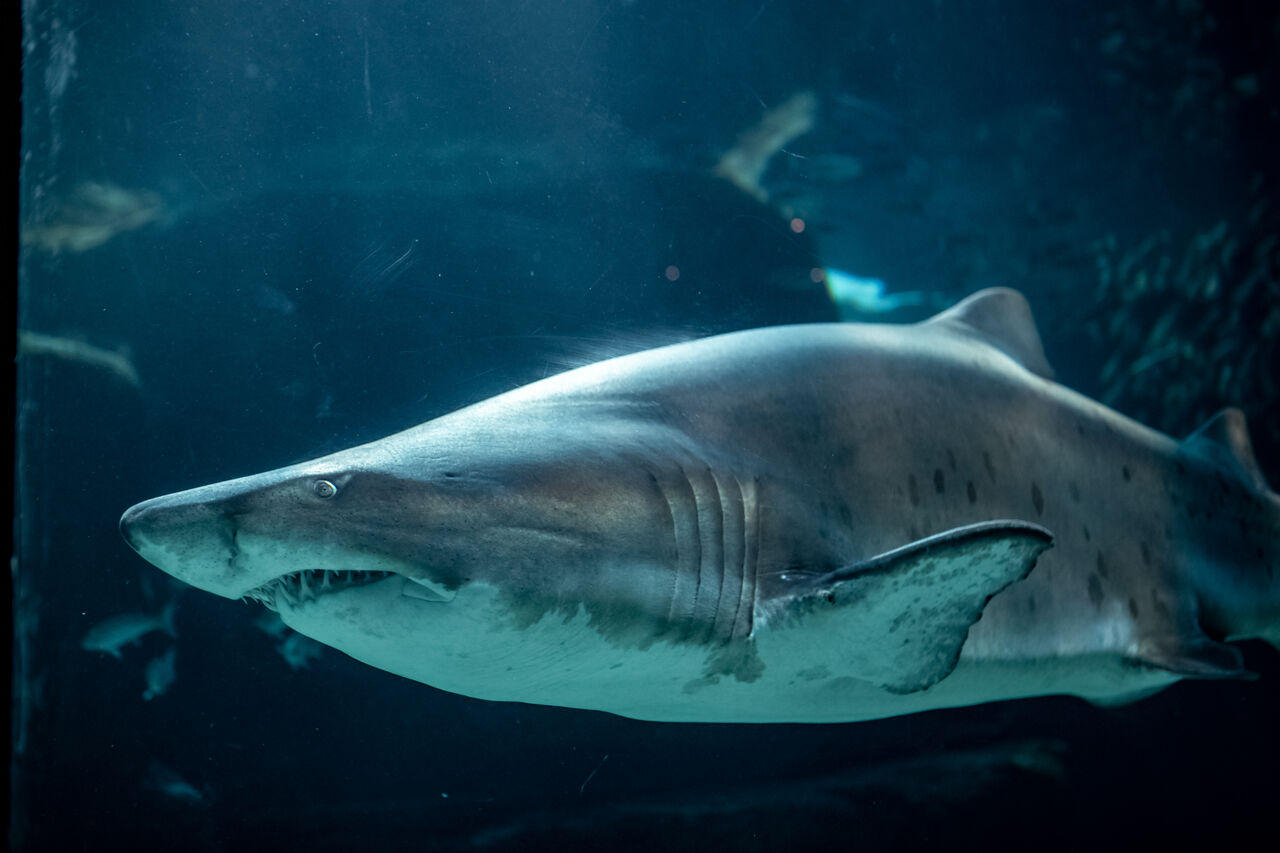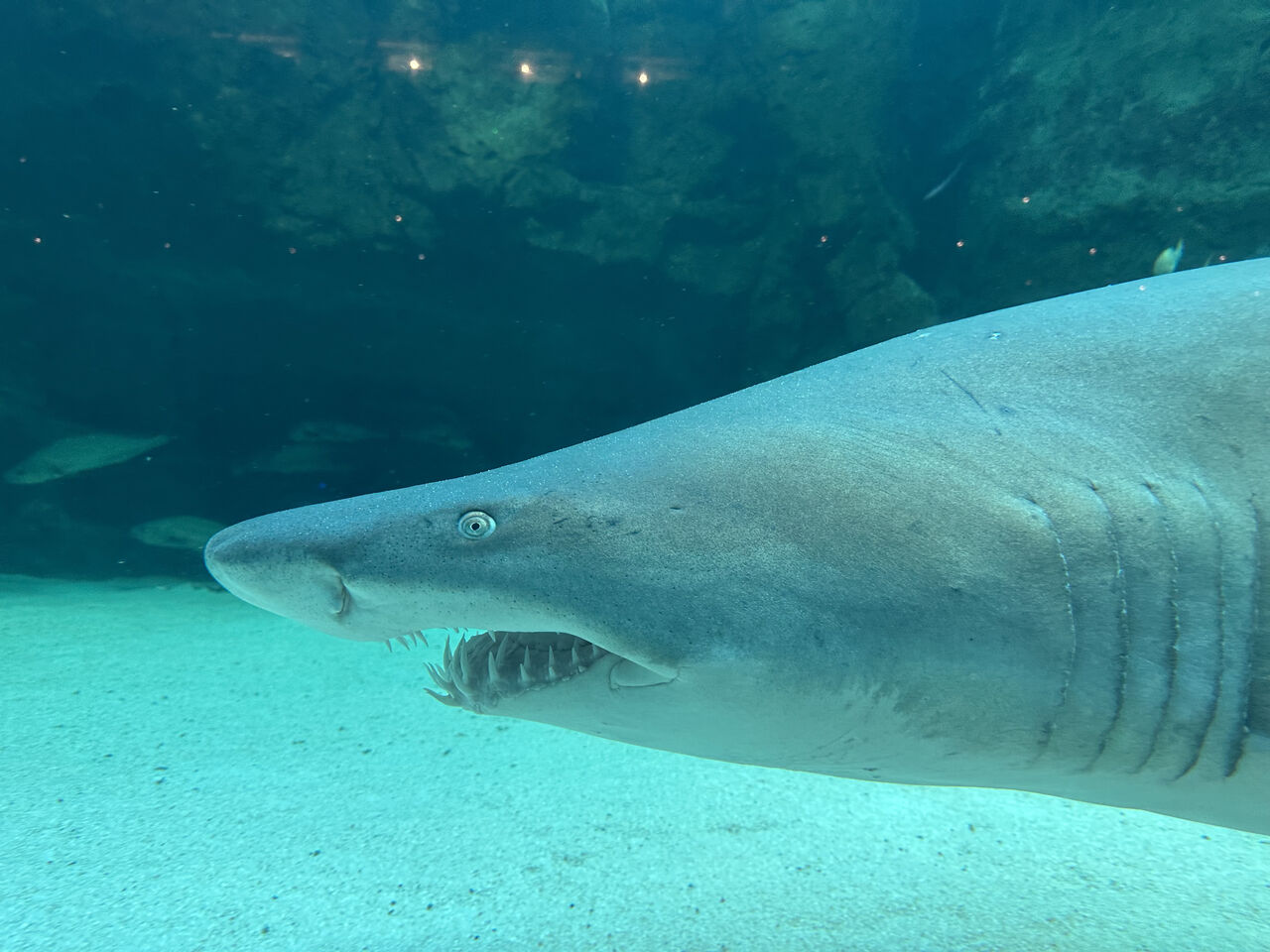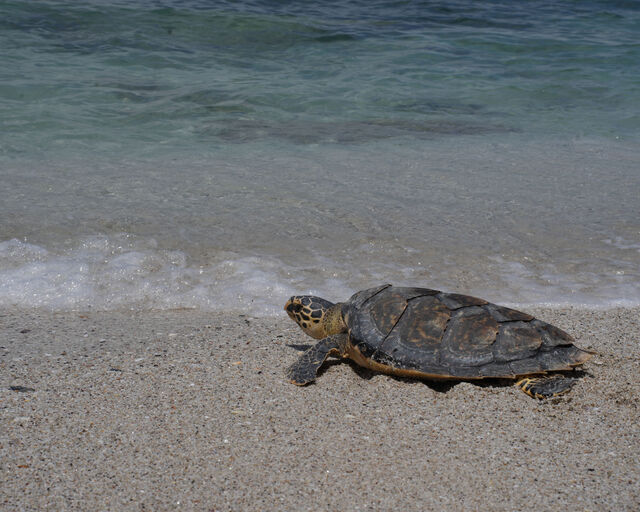Sharks are amongst the most misunderstood of all sea animals. Often portrayed in social media as mindless killers, there is much more to sharks than their toothy façades.
Here are 10 things that you might not know about sharks:
1. Sharks yawn!
Sharks have quite complex jaws: not only do they open and close, but they extend from the mouth during a bite and retract again when they close. Just like any other complex mechanism, sharks’ jaws need maintenance. When a shark looks like it’s yawning, it gives the jaws a good stretch to stay limber and well-aligned.
2. Awesome ambassadors
The ragged-tooth sharks housed in the Save Our Seas Foundation Shark Exhibit at the Two Oceans Aquarium are incredible ambassadors for their species. The Two Oceans Aquarium fits each released shark with a tagging device that allows it to be tracked and monitored - this has supported the work of many conservation science organisations. The Aquarium's ragged-tooth sharks have shed light on their South African migration patterns and preferred resting sites.
3. The hunchbacks of the seas?
All the ragged-tooth sharks in the Save Our Seas Foundation Shark Exhibit are females, and all have a characteristic hump on their backs. These humps are made up of extra-thick skin armour and protect females against males while mating, as the males bite onto the female’s hump to stay close to them.

4. Bubbles for buoyancy
Most fish species use a gas-filled swim bladder to adjust their buoyancy so that they can move effortlessly through the water, maintaining a certain level. Sharks do this differently, lowering their density with lightweight cartilage skeletons and large, oily livers. Ragged-tooth sharks are unique, though – they swim to the surface and swallow air bubbles to adjust their buoyancy. If they accidentally swallow too much air, they just burp it up!
5. Raggie reproduction
Ragged-tooth sharks are ovoviviparous, which means that they give birth to live pups. Unlike mammals, shark embryos get their nutrients from the yolk in their egg rather than the uterine lining. These embryos will also eat all other smaller embryos with which they share the uterus, a process known as intrauterine cannibalism, as well as a steady supply of unfertilised eggs. Female sharks nurse their young in the uterus until they reach about a metre in length, at which point they are born capable individuals. Unfortunately, this long reproductive process keeps ragged-tooth shark numbers low.
6. Sharks don’t have vocal cords
As solitary animals, sharks do not need complicated communication methods. They communicate using body language, such as head butts, shaking their heads or even hunching their backs.
7. Keystone keepers
As highly effective apex predators, sharks are a keystone species. By feeding on animals lower in the food chain, such as middle-tier predators and grazer species, sharks keep these species’ numbers at a sustainable level. If sharks were missing from their ecosystems and unable to keep the middle-tier predators in check, the grazer species at the lower end of the food chain would be overconsumed, resulting in food scarcity. This would cause a domino effect with more and more species impacted. Essentially, ecosystems would collapse without sharks!

8. Just keep breathing…
Sharks have two methods of getting oxygen-rich water to flow across their gills. The first method of breathing is called “ram ventilation”: the shark swims with its mouth open and the speed of movement pushes water through its gills. If it stops swimming, it stops breathing. The second method is called “buccal pumping”, which means that they use their cheek muscles to suck water through their gills. Most sharks use a combination of these two techniques, switching back and forth depending on how fast they are swimming.
9. Tooth by tooth
A shark can have up to 30 000 teeth in its lifetime! Most sharks have 40 to 45 teeth, with up to seven rows of replacement teeth behind those. These teeth are continuously replaced and shifted within the mouth, keeping the sharks sharp for hunting prey. Compared to humans, who grow 20 baby teeth replaced by 32 adult teeth, this is a rather toothy difference!
10. Humans are the real danger
Sharks have a bad reputation, but humans are more of a threat to them than vice versa. While annual shark bite incidents are numbered below 100 worldwide, humans kill 75 to 100 million sharks per year. Sharks are killed for their fins, which are used for merchandise and food, and are often caught as bycatch on large trawling vessels.




